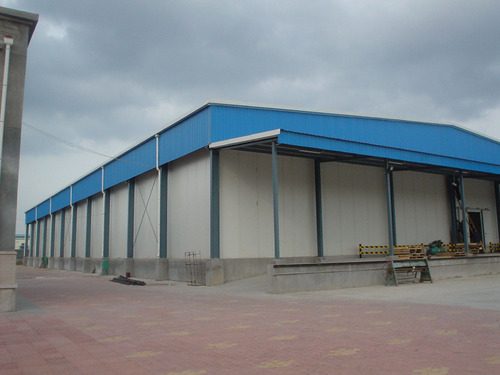Bhubaneswar: Several cold storage owners from the state are now allegedly in distress due to the frequent losses they incur and claim that most of the cold storages in the state would become sick units if government does not come to their rescue.
Blaming the lack of agro facilities in the state, the cold storage owners claim that there were 110 cold storages in the state during 2014-15 and out of that only 15-20 were fully operational. Even after the launching of ‘Potato Mission’, which was expected to boost the magnitude of cold storages in the state, not much has changed on the ground, they remarked.
“Most of the cold storages are suffering and are on the verge of becoming sick due to lack of government support. The state Potato Mission asked for 112 new cold storages. But only 26 were completed and of that 24 are almost on the verge of shutting down. There is some state government intervention needed to check the issue,” Janardhan Sahoo, Secretary, Cold Storage Association of Odisha told Orissa POST.
Sahoo said that potatoes are mostly imported from West Bengal and the support their state government is giving to their cold storage bodies have helped them to boost their storage capacity and their agri business prospects of the state which he said the state government should take help from.
He claimed that all the cold storages are successful models of the agricultural economy while they are also aiding in supply potatoes to outside states like Odisha while the cold storages here are suffering in silence.
The Odisha government gives subsidy for setting up cold storages but the cold storage owners claim that the amount is not enough to meet their requirements besides ensuring that the farmers are not affected.
The association has been demanding soft loans to cold storages, seed licences at affordable prices to boost quality production of potatoes by farmers in Odisha itself, declaration of cold storage owners as Resource Institutions for formation of farmer producer organisations, commodity finance for the farmers for next crops to be sown, calculation of government subsidy on actual cost basis among others.






































